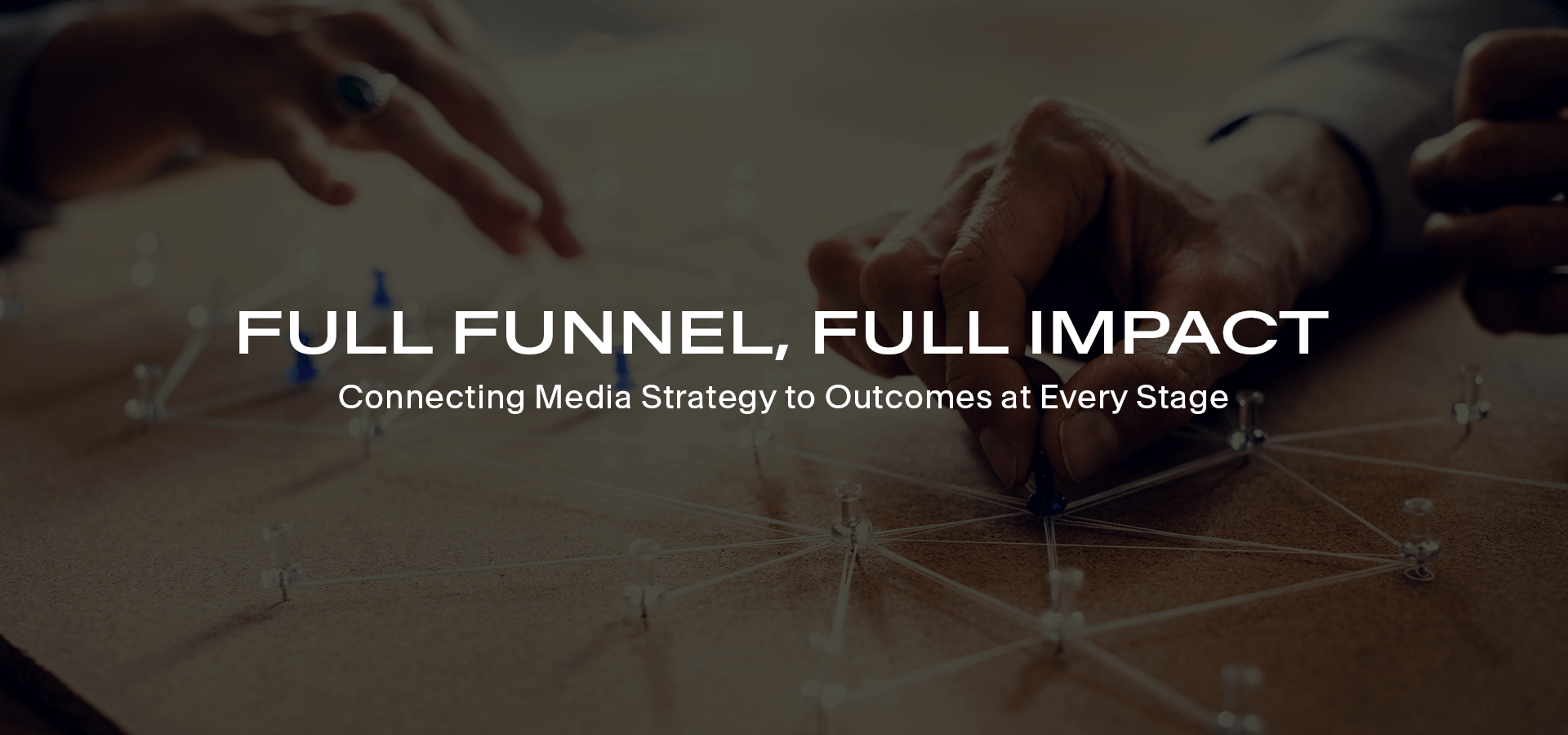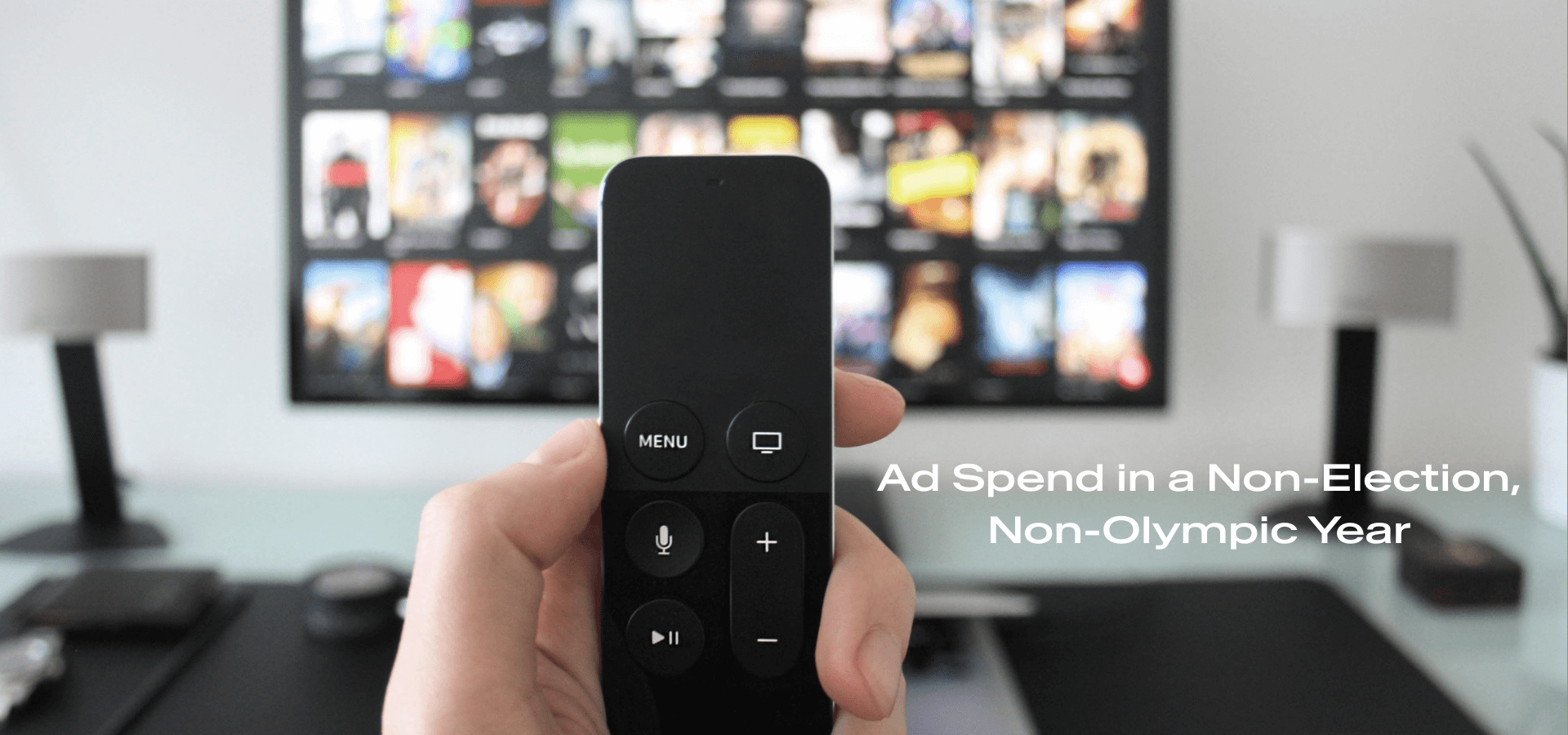When trying to understand the details and definition of media planning vs. media buying, you first need to know that they’re complementary processes that contribute to more effective advertising.
While often thought of as interchangeable processes, media planning and media buying are distinct functions that, when executed together effectively, can amplify your campaign’s reach, impact, and ROI.
Let’s get into the details.
What Is Media Planning?
Media planning is the strategic process of determining where, when, and how often your advertisement will appear to maximize ROI.
It involves identifying your target audience, selecting the right channels, and creating a comprehensive plan that aligns with your brand’s overall advertising goals and budget.
Key Components of Media Planning
- Audience Analysis: Understanding the demographics, psychographics, behavior patterns, and media trends of your target audience.
- Channel Selection: Choosing the most effective media channels (TV, digital, print, etc.) based on where your audience is most active.
- Budget Allocation: Distributing your budget across selected channels and timeframes to ensure optimal reach, frequency, and (most importantly) efficiency.
- Scheduling: Deciding on the timing and frequency of your ads to maintain visibility without causing ad fatigue.
Why Is Media Planning Important?
Media planning lays the groundwork for a successful advertising campaign.
By thoughtfully planning each aspect, you ensure that your message reaches the right people at the right time—maximizing both engagement and conversions.
A well-executed media plan should also showcase potential risks and opportunities, allowing you to make informed adjustments before the campaign goes live.
What Is Media Buying?
Media buying is the execution phase of media planning where the plan laid out by media planners is implemented.
This involves negotiating and purchasing advertising space among various media outlets to secure the best possible placements at the most favorable rates.
Key Components of Media Buying
- Negotiation: Engaging with media outlets to negotiate rates, placements, and added value options.
- Placement: Securing the ad space in the selected media channels according to the media plan.
- Monitoring: Continuously tracking the performance of the ads and making real-time adjustments to optimize results.
- Reporting: Analyzing the campaign’s performance data to measure effectiveness and ROI.
Why Is Media Buying Important?
Media buying is crucial for ensuring that the strategic media plan becomes a reality.
Effective media buying means not just securing ad space, but also optimizing placements to get the most value out of your investment. It requires a deep understanding of market rates, audience metrics, and the ability to leverage relationships with media vendors.
Learn More
How Media Planning and Media Buying Work Together
For a campaign to be truly successful, media planning and media buying must work in concert.
The media plan provides the strategy, detailing the “what, where, when, and why” of your advertising efforts. Media buying then brings this strategy to life, managing the “how” by securing placements and optimizing them for maximum impact.
Steps for a Cohesive Strategy
- Collaboration: Ensure continuous communication between planners and buyers to align strategies and objectives.
- Data-Driven Decisions: Use data from past campaigns and real-time analytics to inform both planning and buying decisions.
- Flexibility: Remain adaptable to changes in the market or audience behavior, allowing for quick, proactive adjustments to the plan and buys.
Media Planning vs. Media Buying: The Takeaway
Understanding the differences between media planning and media buying is essential for any brand looking to make the most of its advertising budget.
Together, they form the backbone of a successful advertising campaign, combining strategic foresight with tactical execution.



